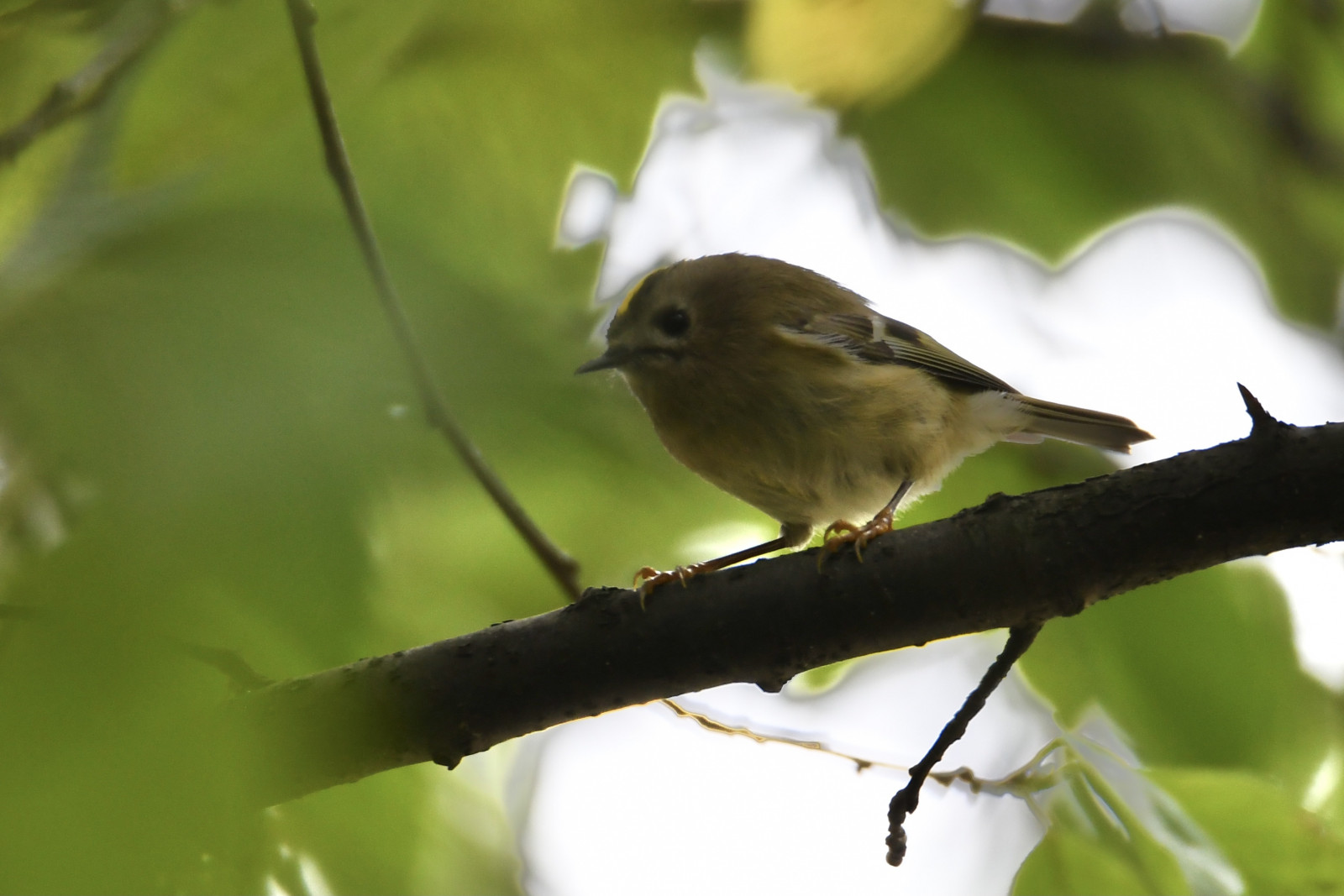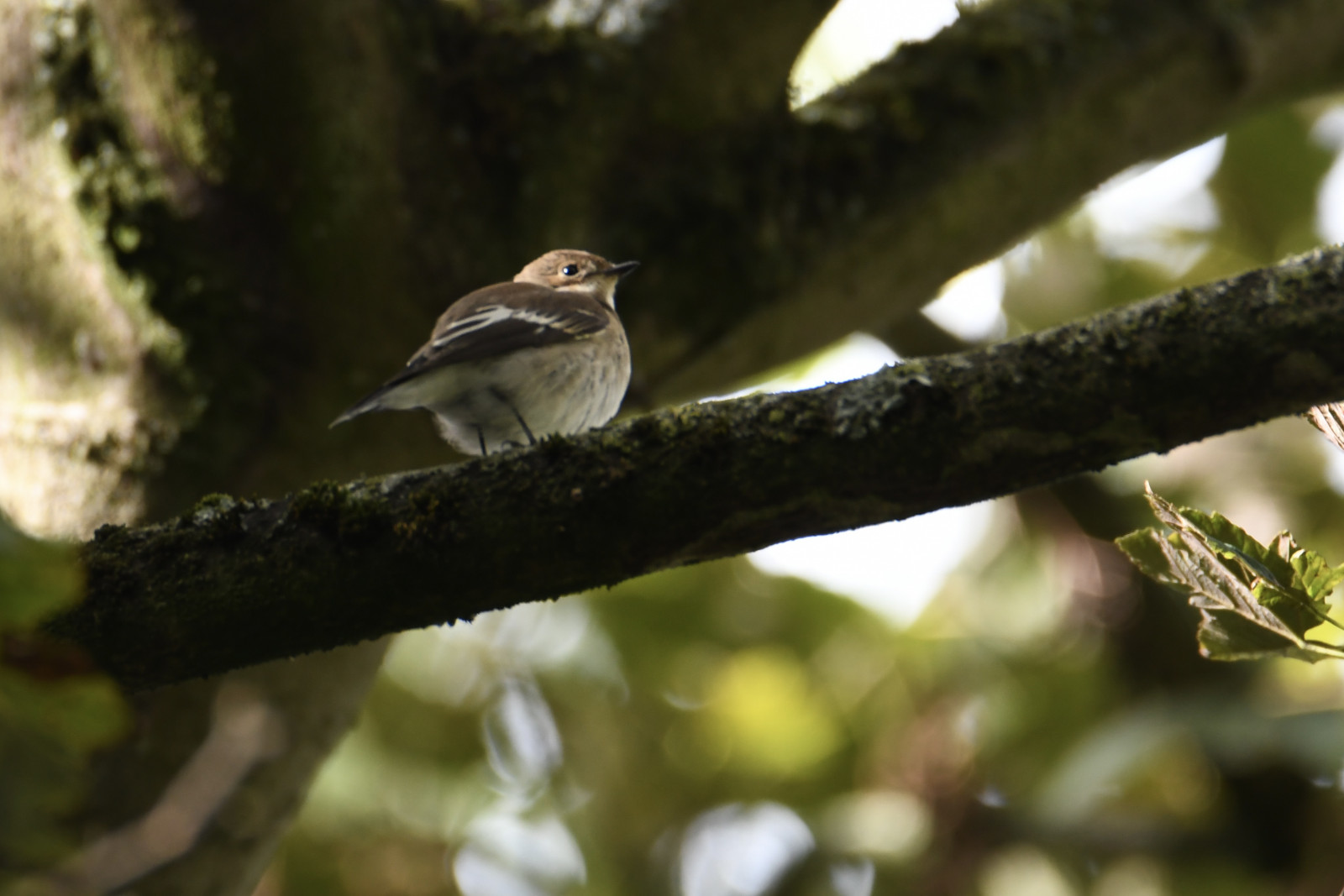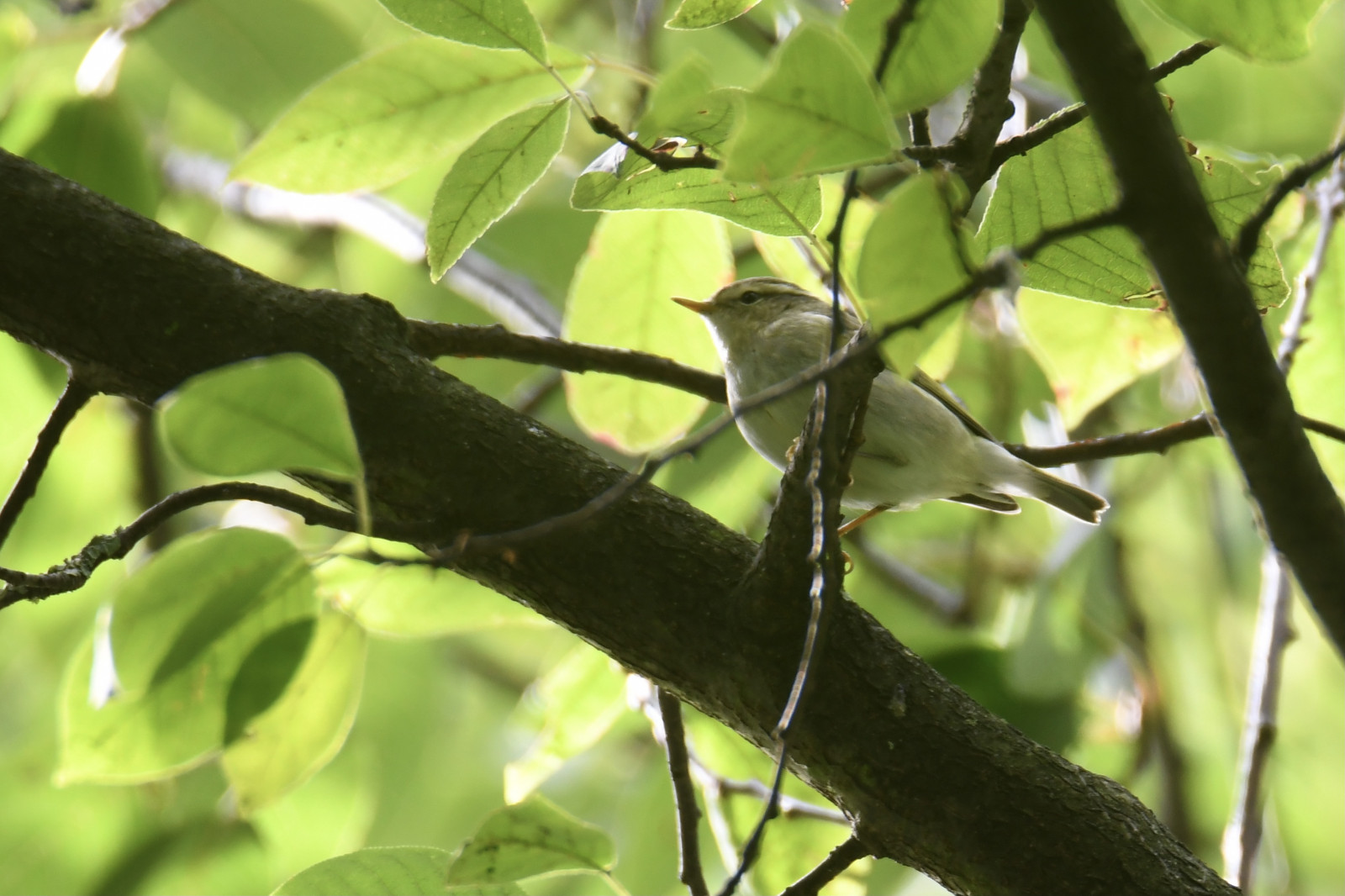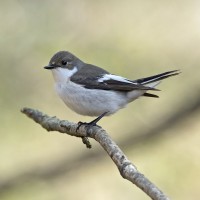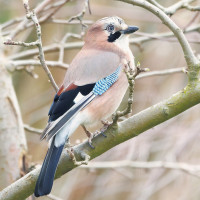Description
Parc Tenbosch is a fairly small place, it is rather dense with bushes and plants, and as the park is crossed by many paths, the birds are used to the human presence. Some of the species that are present all year round in the park are: Eurasian Blue Tit, Great Tit, Long-tailed Tit, Wren, European Robin, 'Dunnock, Great Spotted Woodpecker, Eurasian Green Woodpecker, Eurasian Jay, Carrion Crow, Magpie, Common Wood Pigeon, Goldcrest, Firecrest, Short-toed Treecreeper, Eurasian Nuthatch, Blackbird, Song Thrush, Greenfinch (this one is rarer) and Common Chaffinch. In winter, summer/spring and during migratory periods other species may be observed.
_________________________
Français: Petit parc au milieu de Bruxelles avec une grande diversité de plantes (densité de buissons et arbres) et une petite mare. Comme c'est un endroit assez petit, c'est plutôt dense en buissons et plantes, et comme le parc est traversé par de nombreux chemins, les oiseaux sont habitués a la présence humaine. Quelques unes des espèces présentes toute l'année dans le parc sont: la Eurasian Blue Tit, la Great Tit, la Long-tailed Tit, le Wren, le European Robin, l' Dunnock, le Great Spotted Woodpecker, le Eurasian Green Woodpecker, le Eurasian Jay, la Carrion Crow, la Magpie, le Common Wood Pigeon, le Goldcrest, le Firecrest, le Short-toed Treecreeper, la Eurasian Nuthatch, le Blackbird, la Song Thrush, le Greenfinch (celui ci est plus rare) et le Common Chaffinch. En hiver, été/printemps et pendant les périodes migratoires d'autres espèces pourront entré observés.
Details
Access
For public transport, the lines closest to the park are line 60 (Washington stop), line 81 (Bailli stop), line 38 (Van Eyck stop) or line 7 (Bascule stop). From these stops you will have to walk a few minutes before arriving at the park. For parking spaces in the streets are rare, so not recommended to go there by car.
_________________________
Français: Pour les transport en commun, les lignes qui vous approchent le plus du parc sont la ligne 60 (arrêt Washington), la ligne 81 (arrêt Bailli), la ligne 38 (arrêt Van Eyck) ou la ligne 7 (arrêt Bascule). Depuis ces arrêts vous devrez marcher quelques minutes avant d'arriver au parc. Pour se garer les places dans les rues sont rares, donc déconseillé de s'y rendre en voiture.
Terrain and Habitat
Scattered trees and bushes , City/villageConditions
HillyCircular trail
YesIs a telescope useful?
Can be usefulGood birding season
All year roundBest time to visit
Spring , Autumn migrationRoute
Narrow trailDifficulty walking trail
EasyAccessible by
Foot , WheelchairBirdwatching hide / platform
NoExtra info
In winter, Brambling and Eurasian Siskin will surely fly over the park (maybe they will land, who knows) and Redwing can be observed searching for food, especially on the ground. In spring and summer, the Blackcap and the Common Chiffchaff will be heard and if you look carefully you will have no problem seeing them.
Sometimes you can even see the Sparrowhawk chasing small sparrows or small pigeons, and the Common Buzzard flying over the park. Finally, during migration periods (March-April and August-September-November) Meadow Pipit and Eurasian Skylark will fly over the park, while the Pied Flycatcher will gladly make a stopover on the site and the Willow Warbler more rarely. Curiously, the Yellow-browed Warbler was seen migrating for several days in the park in early September 2019 and 2020 on the same date!
_________________________
Français: En hiver des Brambling et des Eurasian Siskin passeront surement en vol au dessus du parc (peut-être se poseront ils, qui sait) et des grives mauvis pourront êtres observés recherchant de la nourriture, notamment au sol. Au printemps et en été, la Blackcap et le Common Chiffchaff se feront entendre et si vous cherchez bien vous n'aurez pas de problèmes pour les voir.
Des fois on peut même observer l' Sparrowhawk en train de chasser des petits passereaux ou petits pigeons, et la Common Buzzard en vol au dessus du parc. Finalement, en périodes de migration (mars-avril et aout-septembre-novembre) des Meadow Pipit et Eurasian Skylark passeront en vol au dessus du parc, alors que le Pied Flycatcher fera volontiers une halte sur le site et le Willow Warbler plus rarement. Curieusement, le Yellow-browed Warbler a été vu en halte migratoire pendant plusieurs jours dans la parc début septembre 2019 et 2020 a la même date !
